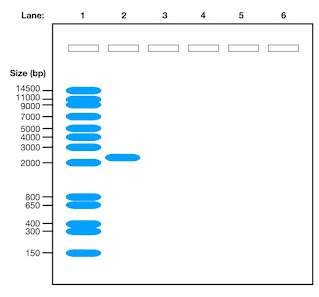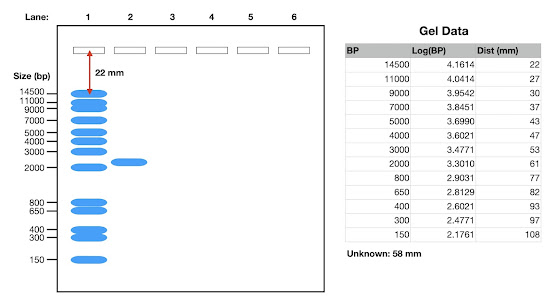Drawing graphs is essential in educational and professional settings, as it helps communicate information clearly and efficiently. Whether you're a student, a scientist, or just looking to present data compellingly, knowing how to create an effective graph is invaluable. Here’s a guide to help you draw graphs that are not only informative but also visually appealing.
1. Utilise Your Graph Paper Fully
The first step in drawing a graph is to make the best use of the available space on your graph paper. Avoid cramming all data into one corner; instead, spread out your data across the graph. This approach helps in better visualisation and interpretation later on.
2. Tools of the Trade
Always use a sharp pencil to mark points and draw lines. This ensures precision in your work, making your graph more readable and professional.
3. Plotting Your Points
Begin by placing your data points on the graph. Be precise and ensure each point is placed correctly according to the values it represents. This accuracy is crucial for the reliability of your graph.
4. Deciding on the Line of Best Fit
Once your points are plotted, decide whether to connect the dots directly or to use a line of best fit. If you opt for a line of best fit, ensure it appropriately represents the trend in your data, with the points evenly distributed around the line.
5. Drawing Lines
Whether connecting points directly or drawing a line of best fit, use a ruler to keep your lines straight and neat. For curves, maintain a smooth, consistent shape.
6. Labelling is Key
Clearly label your axes and include units of measurement. This step is crucial as it provides context to your data, making the graph informative and easy to understand. Remember to label both the x-axis and y-axis accurately. Don't forget the units.
7. Title Your Graph
Always give your graph a descriptive title that captures the essence of the data it represents. A well-chosen title can effectively communicate the purpose of the graph at a glance.
8. Setting Up Axes
Select sensible ranges for your axes to avoid data clustering that can occur if the ranges are too narrow. Proper scaling enhances the graph's clarity and makes it easier to interpret the data.
9. Interpreting Data
For instance, plotting a standard curve for protein concentration against absorbance, start with known concentrations on the x-axis and absorbance on the y-axis. Adjust the axis range to ensure all points are visible and not squished at the bottom.
10. Calculating and Using the Gradient
Once your graph is complete if you need to calculate the gradient of a straight line, draw the largest possible triangle under the line and use the formula (rise/run). This gradient could represent a specific value of interest, such as an extinction coefficient in spectrophotometry.
11. Dealing with Multiple Data Sets
If your graph contains multiple data sets, differentiate each set using various styles of points and lines. This distinction makes it easier to compare and contrast the data sets visually.
12. Avoid Extrapolation
Never extrapolate your data beyond the measured range. Doing so can lead to inaccurate conclusions. For data points that exceed the range of your graph, note that these values are beyond measured limits.
Final Thoughts
Graphing doesn't have to be daunting. With the right tools and a careful approach, anyone can create clear, informative, and visually appealing graphs. Remember, a good graph tells a story that speaks with clarity and impact.


